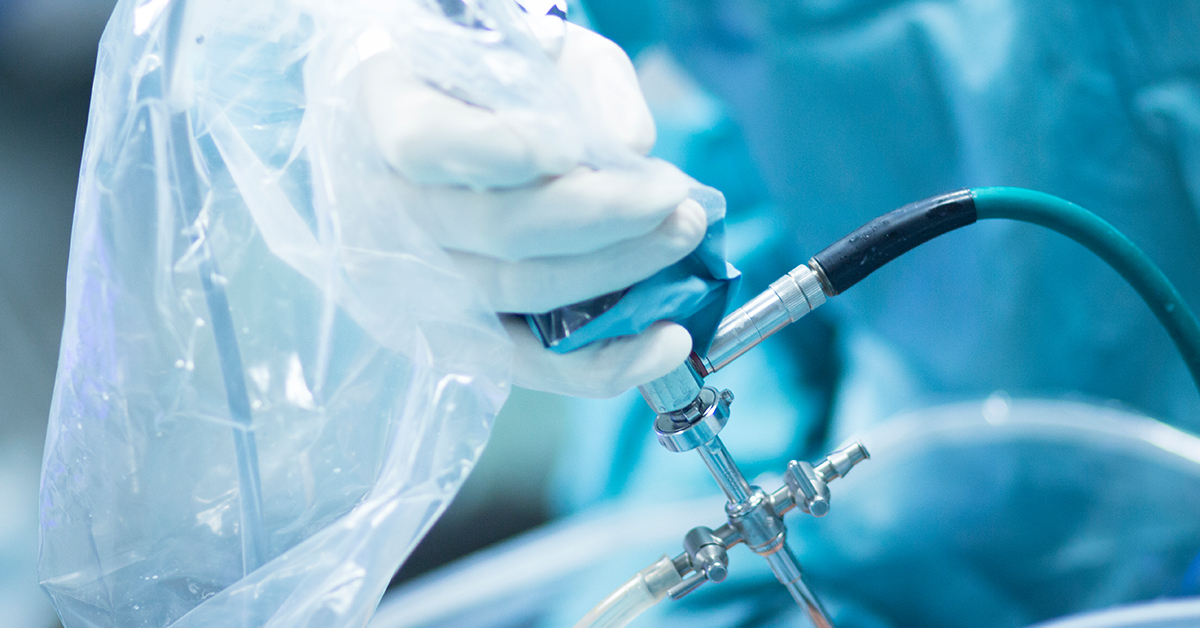
What is Shoulder Arthroscopy and Debridement?
Debridement is a procedure used to remove debris and damaged tissue in the shoulder joint. This procedure is performed as minimally invasive as possible by using a very small camera called an arthroscope. Your doctor may recommend this procedure if you have damaged tissue in your shoulder joint, and conservative treatments are having no effect.
Who needs this procedure?
Tissue damage in the shoulder joint can be caused by a variety of reasons. While it could occur due to injury or trauma, it is very common for tissue to be damaged by a degenerative condition like osteoarthritis. The tissue in the joint deteriorates with normal wear and tear as the body gets older, so injuries that can cause debris in the joint, like rotator cuff tears or osteoarthritis, can occur naturally as the body ages. These conditions can have varying symptoms, but shoulder pain and range of motion problems may indicate a need for debridement.
What are the steps in this procedure?
Initial Incisions Made and Arthroscope Inserted
Anesthesia is applied and several small incisions are made in the shoulder. A small camera called an arthroscope is inserted into one of the incisions. The surgeon uses this device for image guidance during the procedure.
The Joint is Examined
A tool is inserted into one of the small incisions to fill the joint with fluid. This expands the joint, giving the surgeon more space to examine the damage.
The Damage is Repaired
The surgeon uses special tools to repair the damage found. In a process called debridement, loose or damaged cartilage is removed. If present, bone spurs may be filed down.
End of Procedure
The fluid pumped into the joint is drained, tools are removed, and the incisions are closed with surgical staples or sutures. A bandage is applied to the shoulder, and the patient may be given pain relievers.
After Surgery
This procedure is often performed as an outpatient procedure, so most who undergo it are able to leave the hospital that day. Your doctor may prescribe physical therapy to help restore normal and pain-free mobility after the surgery. Recovery time varies depending on the severity of the initial injury and the patient's adherence to the physical therapy prescribed.








